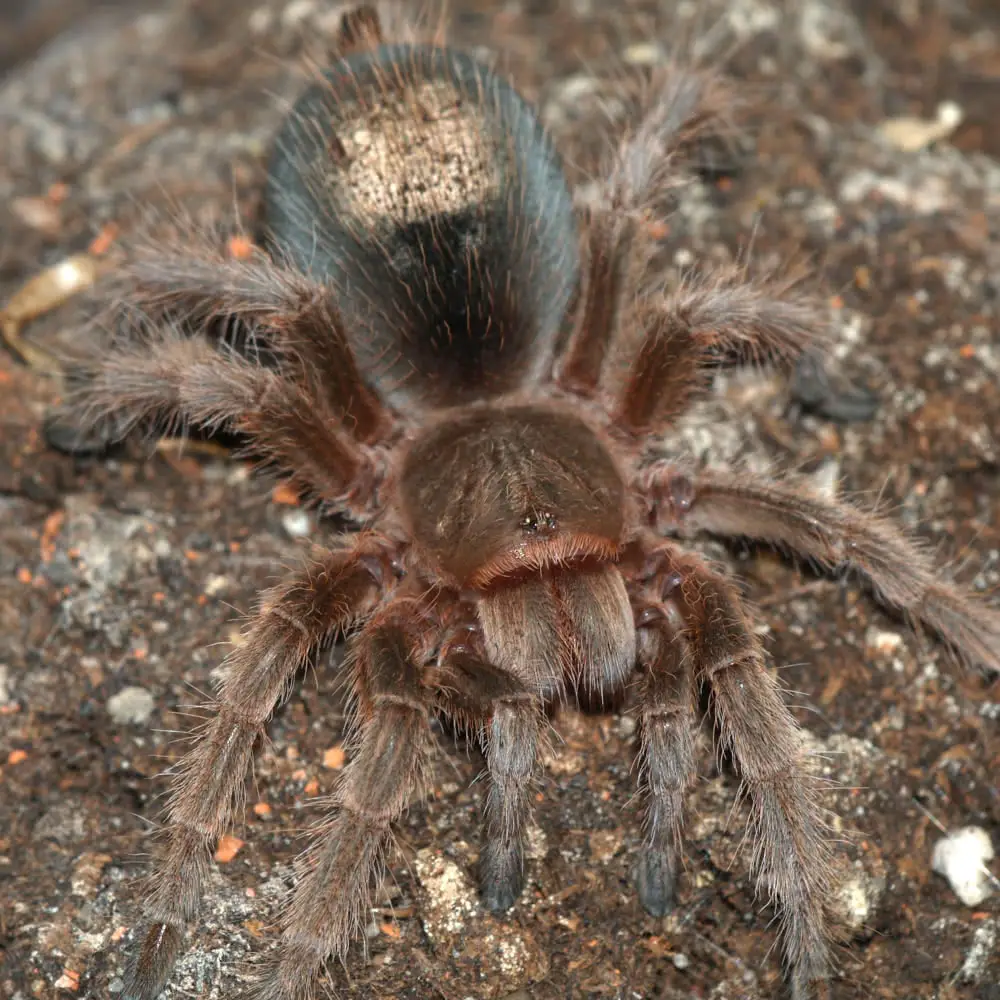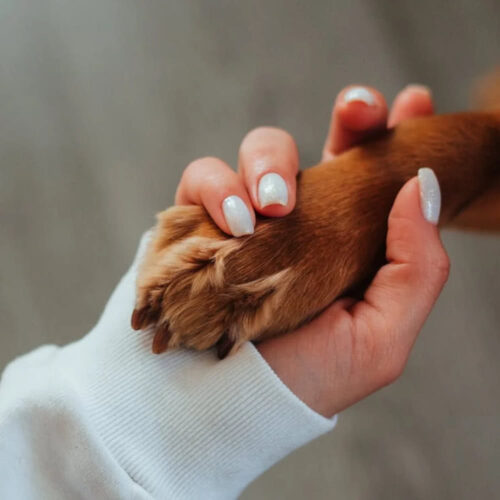Urticating hairs are specialized defense mechanisms found in certain animals, including some species of tarantulas, caterpillars, and caterpillar-like insects. These hairs are designed to irritate and deter predators, causing discomfort or pain upon contact. While commonly discussed in relation to certain arthropods, urticating hairs can also be found in some species of pets, including certain tarantulas and caterpillar-like insects that are kept as pets. This article will explore the purpose of urticating hairs, the types of pets that possess these hairs, and how to handle and care for pets that have urticating hairs.
What are Urticating Hairs?
Urticating hairs are specialized hairs that are covered in tiny barbs or spines. These hairs contain irritating chemicals or toxins that can cause a range of effects upon contact. When disturbed or threatened, animals with urticating hairs have the ability to release or flick these hairs as a defense mechanism. The hairs can stick to an attacker’s skin or mucous membranes and cause itching, itching, inflammation, and even respiratory distress.
Pets with Urticating Hairs
While commonly associated with tarantulas and caterpillars, there are specific species of these animals that are kept as pets and that possess urticating hairs. Some examples include:
- Tarantulas: Certain species of tarantulas, such as the Brachypelma genus, are known to have urticating hairs. These hairs are usually found on the tarantula’s abdomen and can cause mild to severe irritation if touched or inhaled.
- Hairy caterpillars: Certain species of caterpillars are also known to possess urticating hairs. The most famous example is the gypsy moth caterpillar, which is covered in long, barbed hairs that can cause severe skin irritations and allergic reactions.
- Hissing cockroach: Despite its name, the hissing cockroach is actually a type of beetle. These insects also possess urticating hairs on their abdomen, which they can rub together to produce a hissing sound. While the hairs are not as dangerous as those found in tarantulas or caterpillars, they can still cause mild skin irritation and discomfort.
Handling Pets with Urticating Hairs
When handling pets that possess urticating hairs, it is important to take precautions to avoid contact with these irritating hairs. Here are some guidelines to follow:
Use Protective Gear
When handling certain tarantulas or caterpillar-like insects, it is advisable to wear gloves and long-sleeved clothing to protect your skin from accidental contact with the hairs. Additionally, wearing goggles or safety glasses can prevent the hairs from reaching your eyes and causing irritation or injury.
Be Gentle and Slow
When picking up or interacting with pets that have urticating hairs, it is crucial to be slow and gentle. Sudden movements or aggressive handling can startle the animal, leading to the release of the hairs. Take your time, approach the pet calmly, and be careful not to disturb or corner it.
Avoid Direct Contact
If possible, try to avoid direct contact with the pet’s abdomen or areas where the urticating hairs are most densely packed. Instead, focus on handling the pet using non-hairy areas, such as the legs or thorax. Remember that even if the pet does not have direct contact with your skin, the hairs can still be released into the air, so it is important to handle them in a well-ventilated area or while wearing a mask.
Know the Signs of Irritation
If you accidentally come into contact with urticating hairs and experience any itching, burning, or inflammation, it is important to wash the affected area with soap and water. Avoid scratching, as this can exacerbate the irritation. If symptoms persist or worsen, seek medical advice to ensure proper treatment.
Caring for Pets with Urticating Hairs
Pets with urticating hairs require specific care and attention to ensure both their well-being and the safety of their owners. Here are some general guidelines:
Research the Species
Before getting a pet with urticating hairs, it is crucial to research the specific species and understand its needs, behavior, and potential risks. Different species of tarantulas, caterpillars, and other insects have varying levels of toxicity and different handling requirements. It is best to consult with experienced pet owners, breeders, or exotic pet shops to gather accurate information.
Create a Suitable Habitat
Providing a suitable habitat is essential for the health and well-being of pets with urticating hairs. Research the specific requirements of the species you are keeping and ensure the habitat includes appropriate substrate, humidity levels, temperature, hiding spots, and proper ventilation. Tarantulas, for example, need well-ventilated enclosures with secure lids to prevent escape.
Handle with Care
While handling pets with urticating hairs can be done with caution, it is important to evaluate whether handling is necessary or suitable for the species. Some pets, such as certain species of tarantulas, are best observed rather than handled. Respect the pet’s natural behavior and stress levels, and avoid handling if it causes undue stress to the individual.
Seek Professional Assistance
If you are unsure about the potential risks or handling of a pet with urticating hairs, it is advisable to seek assistance from a professional such as a veterinarian or an experienced exotic pet keeper. They can provide advice, answer questions, and demonstrate safe handling techniques.
Education and Supervision
If you have children in the household, it is essential to educate them about the potential dangers of handling pets with urticating hairs. Teach them not to touch the pet without supervision and to follow the appropriate safety measures. Never leave young children alone with such pets, as their curiosity and lack of understanding may lead to accidental contact with the urticating hairs.
Conclusion
Urticating hairs are specialized defense mechanisms found in certain animals, including some pet species such as tarantulas and caterpillars. These hairs are designed to irritate and deter predators, causing discomfort or pain upon contact. When handling pets with urticating hairs, it is important to take precautions to avoid contact with these irritating hairs. Understanding the specific needs and behaviors of these species, seeking professional assistance when needed, and educating oneself and others about the potential dangers are crucial steps in responsible pet ownership. With proper care and attention, pets with urticating hairs can be fascinating and rewarding pets to have.




